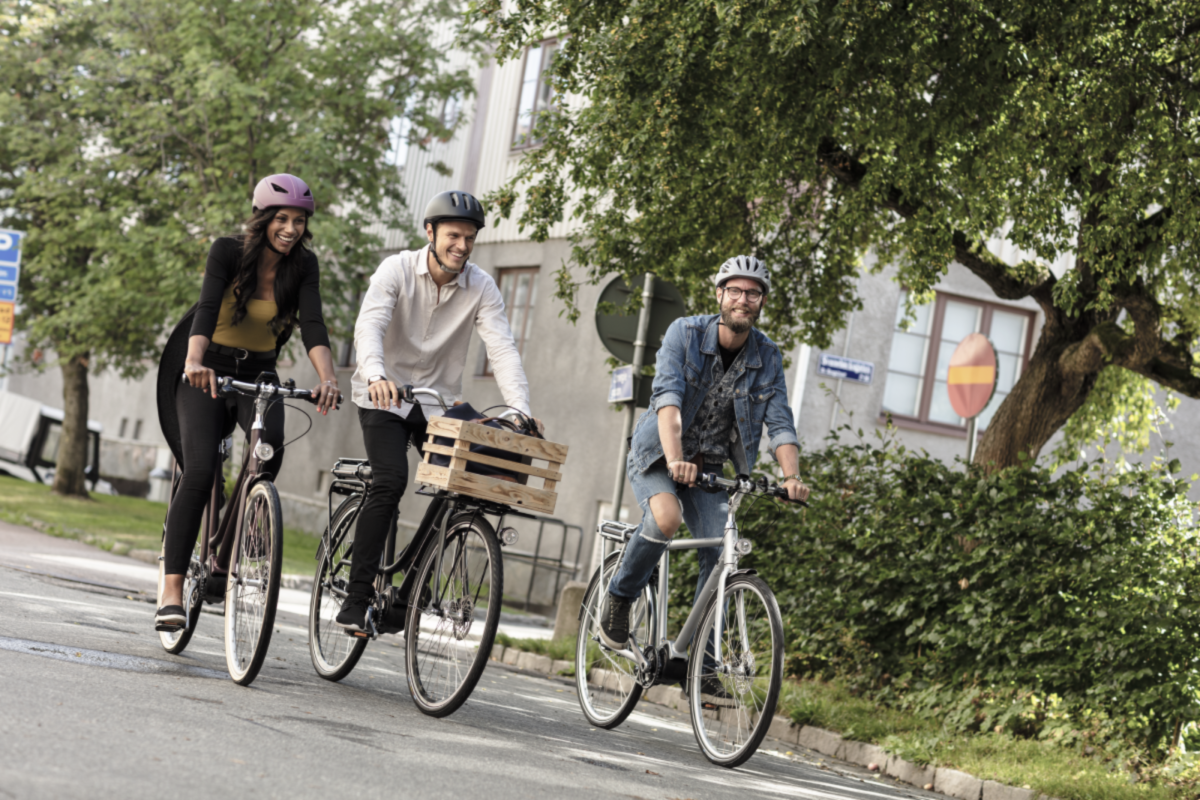A call for cycling businesses, employees, staff and customers to keep the EU’s eyes on cycling.
A public consultation is open which gives members of the public, organisations and businesses the chance to have their say on the main priorities in the new EU transport strategy.
First stage was a “feedback” on the strategy where organisations could have their say. CIE coordinated with other EU cycling organisations and some of our members to get a coordinated cycling response into the feedback. Included in our call for action was funding of €6bn for cycling infrastructure, a centralised €5.5 bn EU E-bike Access Fund and maintenance of the current regulations that give most e-bikes exactly the same treatment as bicycles, including no insurance requirement, exclusion from type approval and equal VAT status. Specific requests were sent in on behalf of the bike sharing sector and the cargo bike sector. (see an overview of the CIE response here)
Now we are in the public round of the consultation. (Until 23rd September) CIE’s contacts in the EU institutions have made it very clear that “volumes matter” in this round, therefore CIE is not only asking our members to respond, we will be asking everyone to spend a few minutes filling out the consultation questions – and to ask colleagues, friends, suppliers or consumers to fill out a response as individuals too. If all the employees of cycling industries in Europe took part we would have thousands of responses in favour of cycling throughout Europe.
Help us – in the next few days everyone on our mailing lists will receive an invitation to complete the EU consultation. Please give CIE 15 minutes of your time to complete the EU consultation. Linked to the invitation will be a short guide to the consultation, please use it of you need help with your answers.
What’s it all about:
The EU is currently consulting on its “Strategy for a Sustainable and Smart Mobility”, its first complete revision of transport strategies since 2011. This strategy is a really important issue for cycling, because without a credible endorsement of cycling it is much harder to get our aims into other programmes, new regulations and EU funding for cycling infrastructure
In 2011 the strategy was dominated by the proposals of the industrialized transport modes which had a strong lobby in the EU – aviation, rail, maritime, freight and automotive. Urban mobility had a section, but it is generally conceded that despite some admirable ambitions the measures available to the EU were limited.
A lot has changed since. Transport needs to reduce emissions by 90% to allow the EU to succeed in its climate change goals. Air quality is much more widely acknowledged as major killer in our cities. Digital services and shared mobility now work hand in hand to facilitate multi-modal transport.
A credible EU transport strategy needs a major focus on urban transport. However the instincts of the Directorate of Transport is to focus on technical solutions such as changing fuel sources for cars and trucks without taking the bold steps needed to shift a large share of mobility to really sustainable and efficient modes such as cycling. Therefore we need to show that there is public demand for another approach.
Cycling in EU strategies – a chance to step up:
A lot has changed in mobility since 2011, but so has cycling. We are in a much stronger position to make our lobby count than we were 10 years ago.
Cycling itself has a lot of technical solutions that appeal to the EU’s aims for a technological solutions for mobility problems. Top of the list is e-bikes, but also cargo bikes, smart bike sharing, connected bikes and digital services are all part of the cycling offer.
And our lobby is better organised – we can place our business case and economic arguments on the table alongside our environmental and health benefits. Cycling Industries Europe is showcasing the world leading businesses in the cycling sector (see news story here). We are not at the scale of the other industrialised transport lobbies yet, but we have shown during the COVID-19 crisis that the cycling community is better coordinated and better placed than we have ever been.
Therefore we need to maintain our momentum and our visibility in this key strategy – we look forward to the assistance of all our partners.
Share on Linkedin Share on Facebook Share on Twitter Subscribe to our newsletter